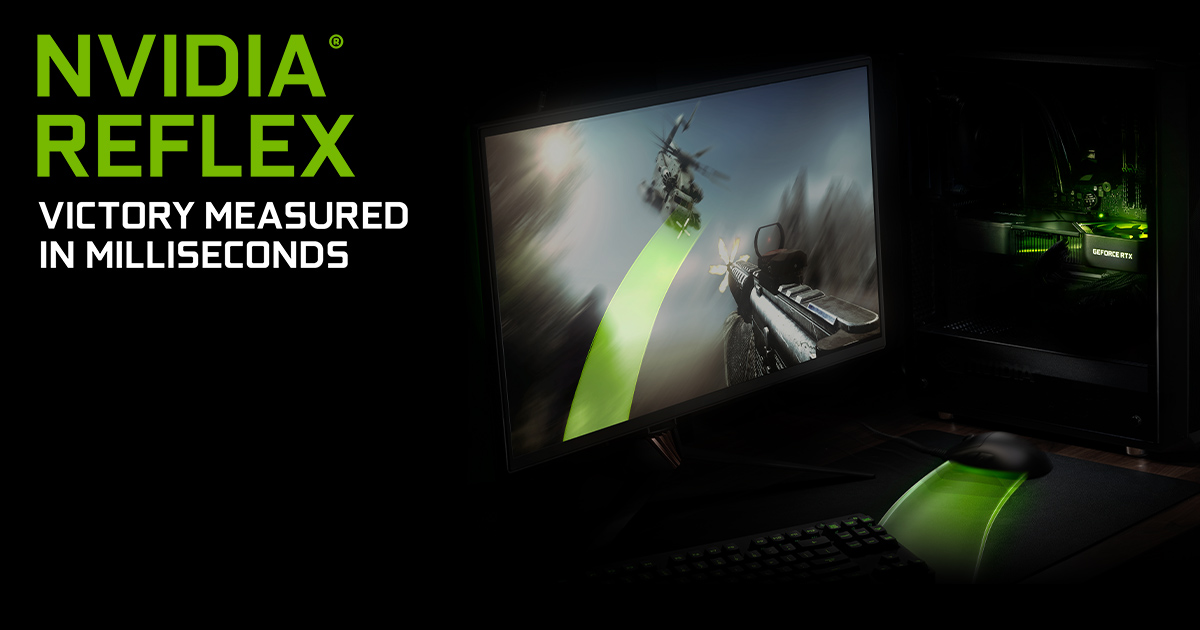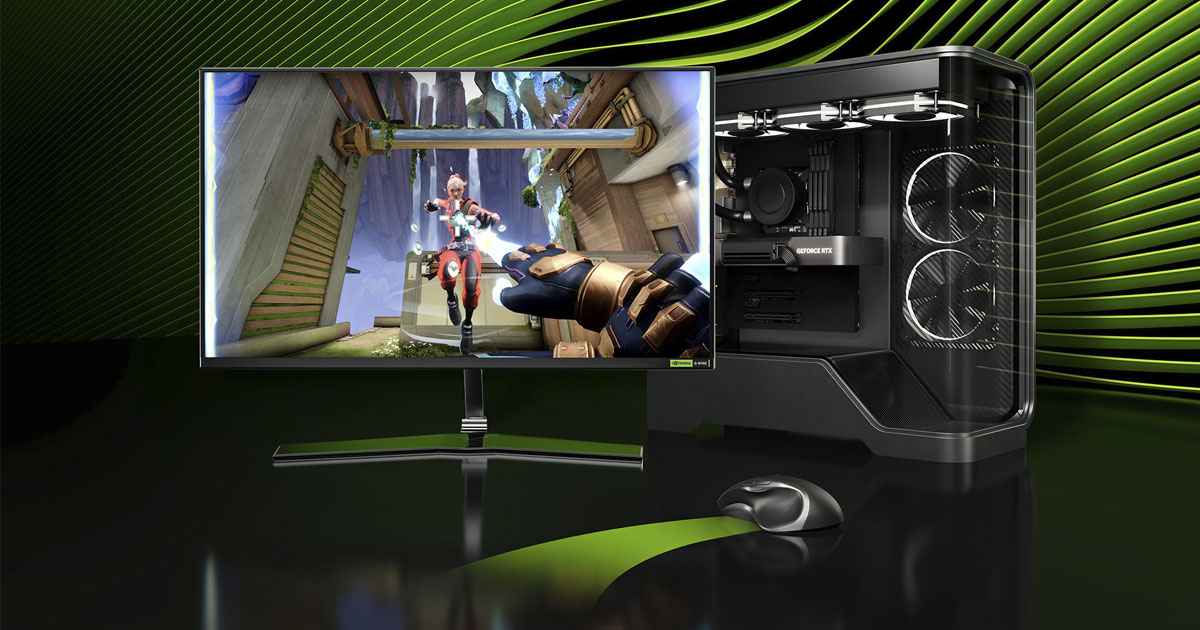quadibloc
Posts: 441 +297
It certainly is true that a gamer who is very competitive will likely use a low screen resolution, and therefore will not benefit much from Radeon Anti-Lag. Does that make this feature minor and unimportant?
I'd say that depends on just how intense the competition is. If the game in question isn't player versus player focused, so that you want to keep lag low, but you don't need to make sure that it's lower than the other guy's lag - then this feature could have a significant benefit. It might let you game in 4K and still have acceptably low lag, whereas before you had to go to 1080.
So there's still a use case for this, even if it's nearly meaningless for Fortnite and PUBG players.
I'd say that depends on just how intense the competition is. If the game in question isn't player versus player focused, so that you want to keep lag low, but you don't need to make sure that it's lower than the other guy's lag - then this feature could have a significant benefit. It might let you game in 4K and still have acceptably low lag, whereas before you had to go to 1080.
So there's still a use case for this, even if it's nearly meaningless for Fortnite and PUBG players.

